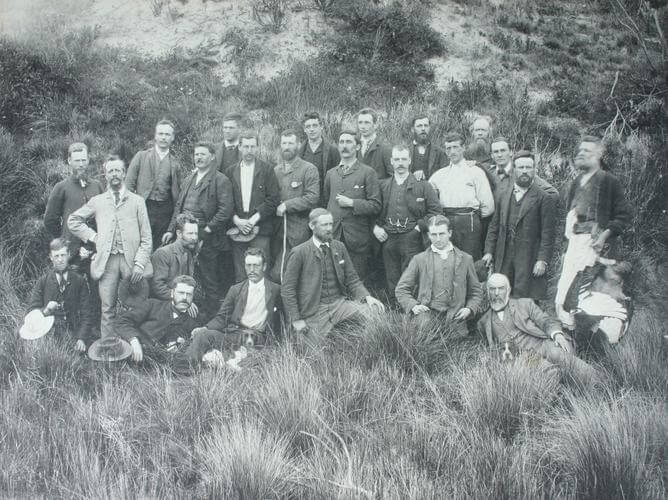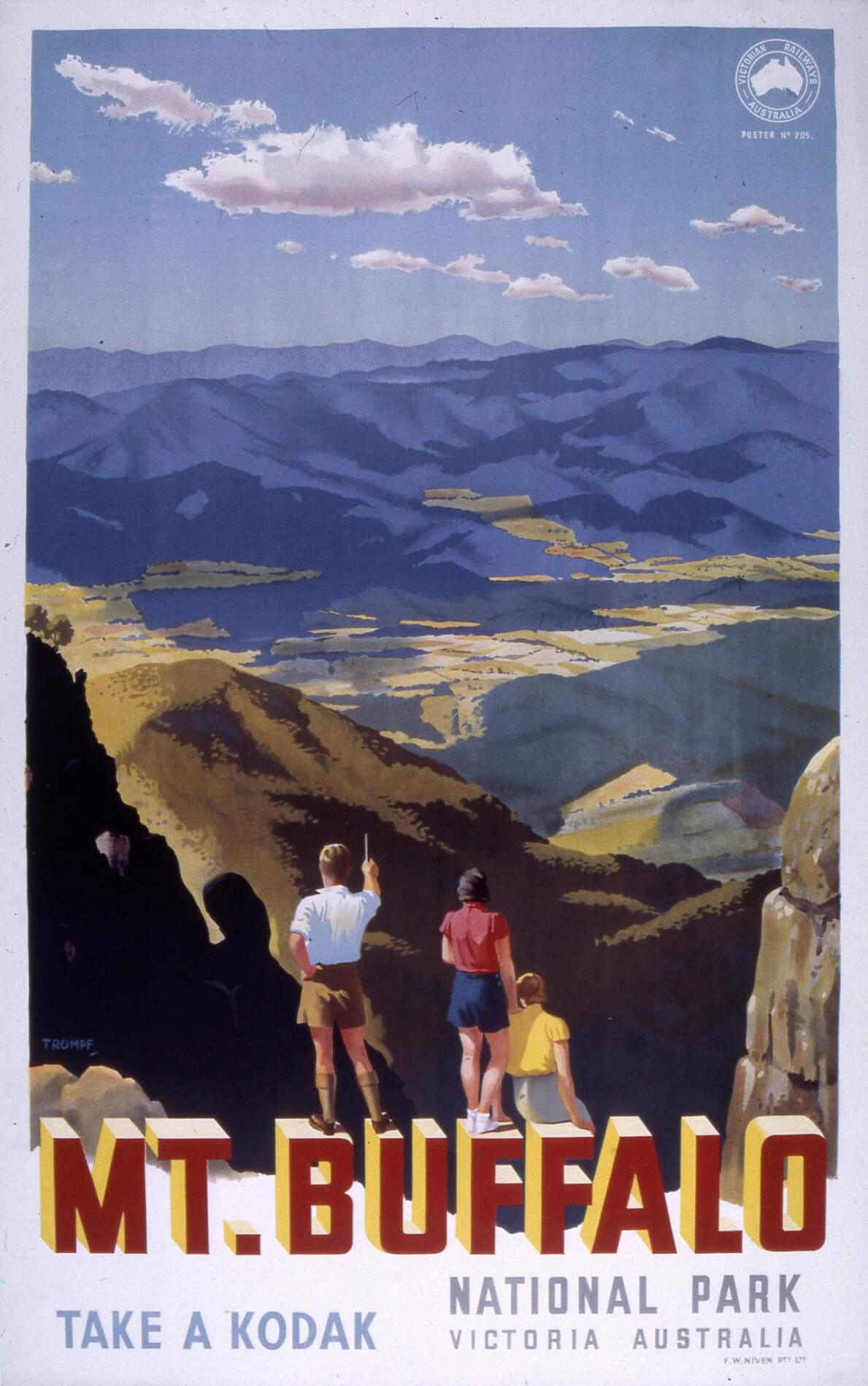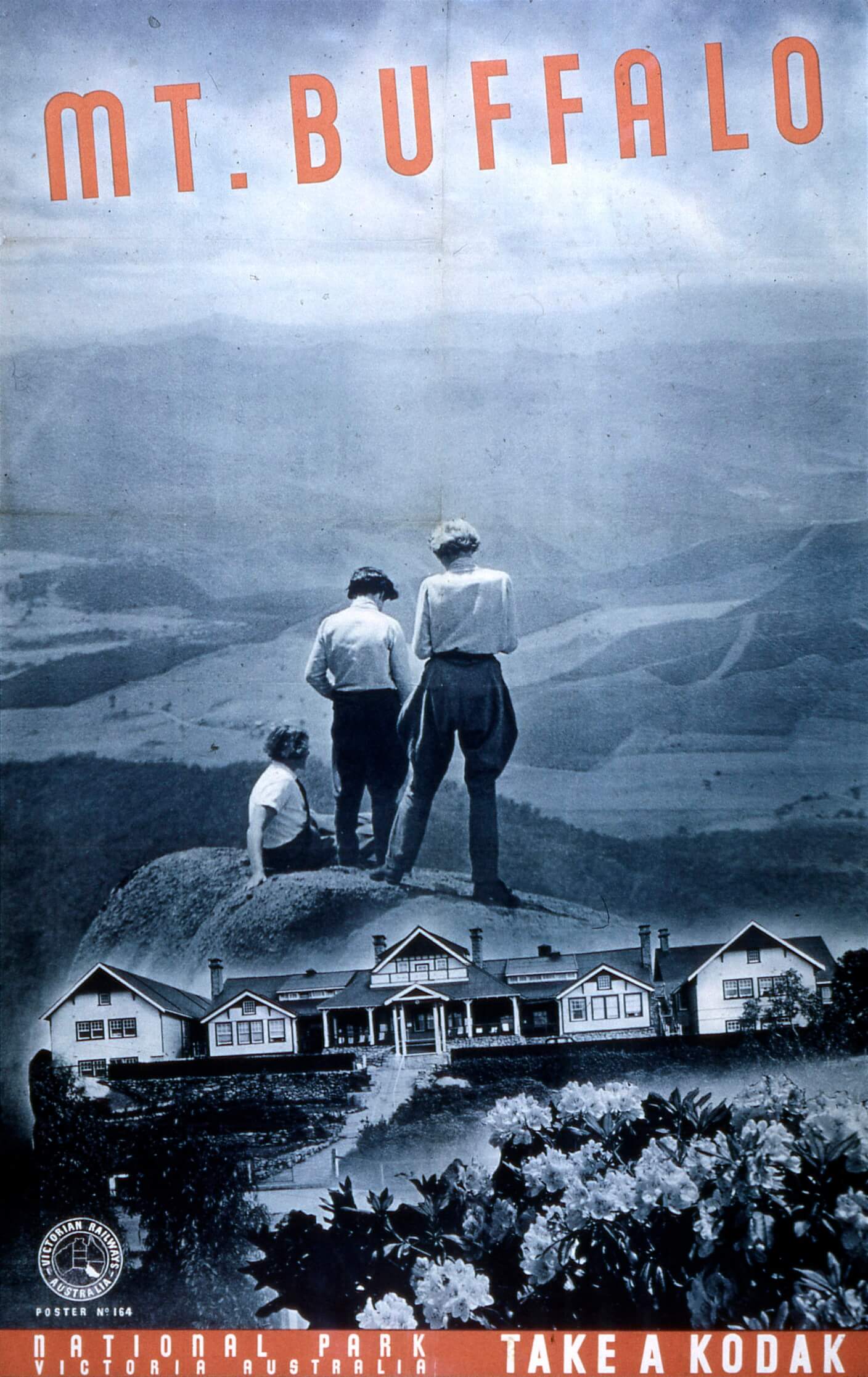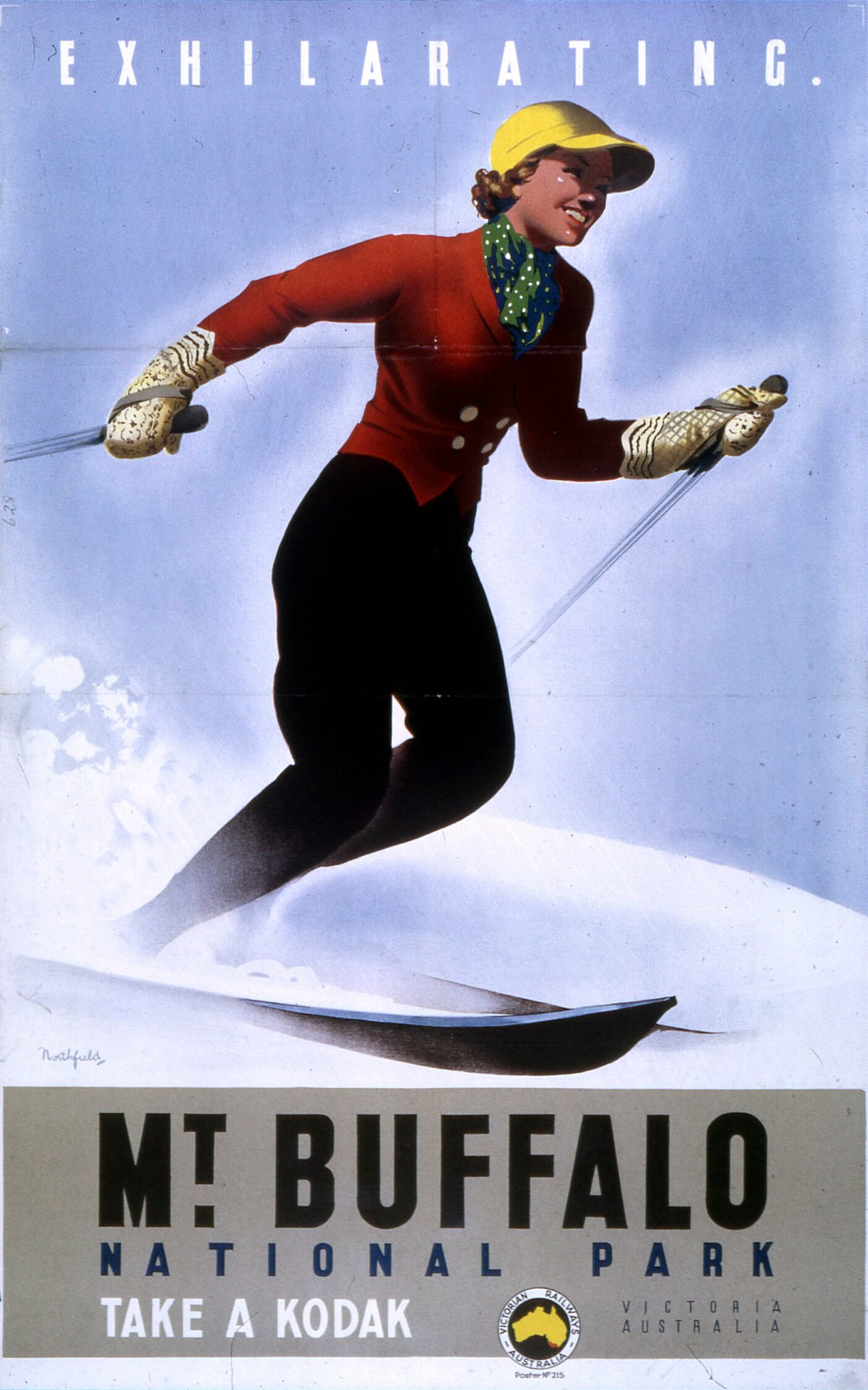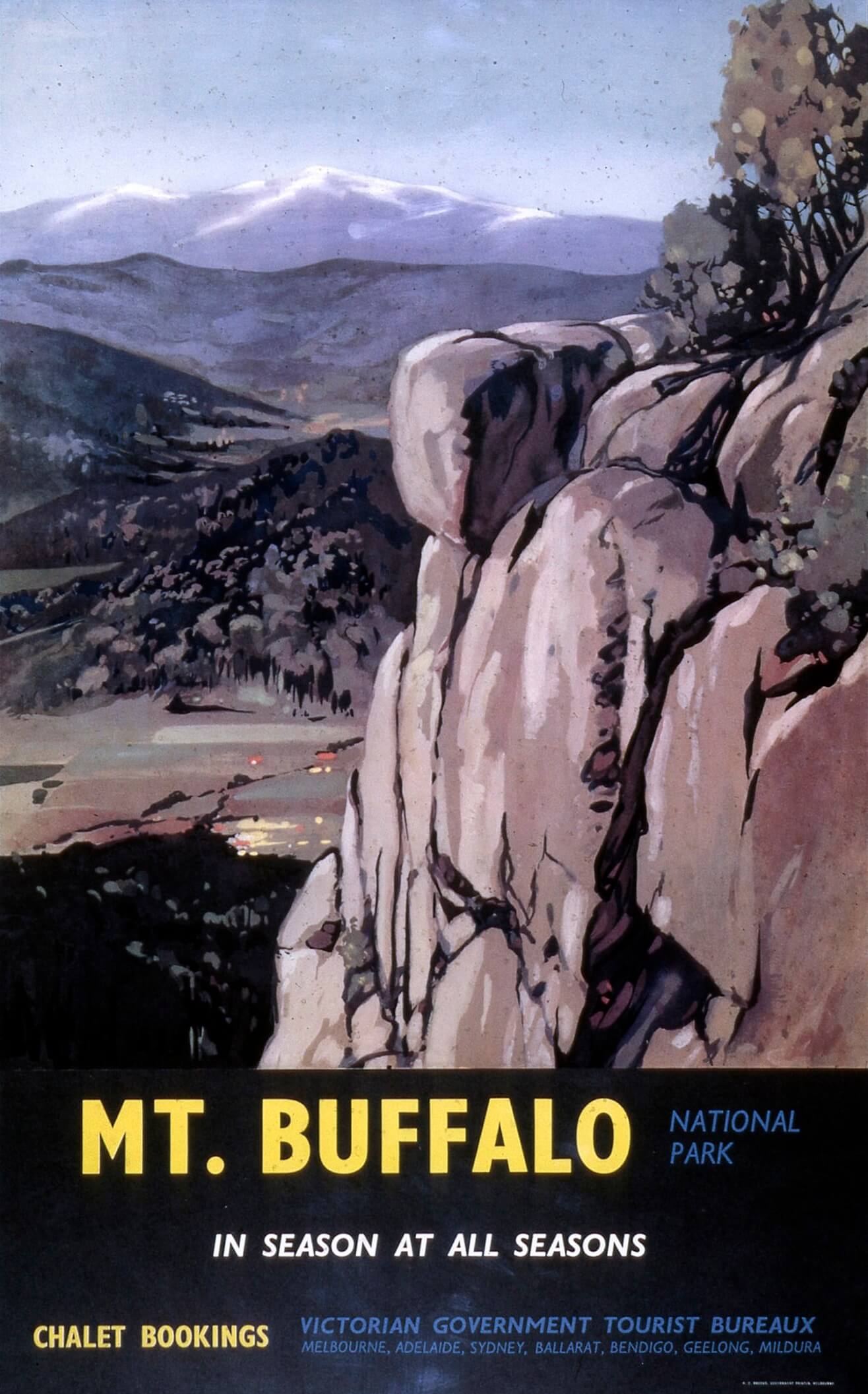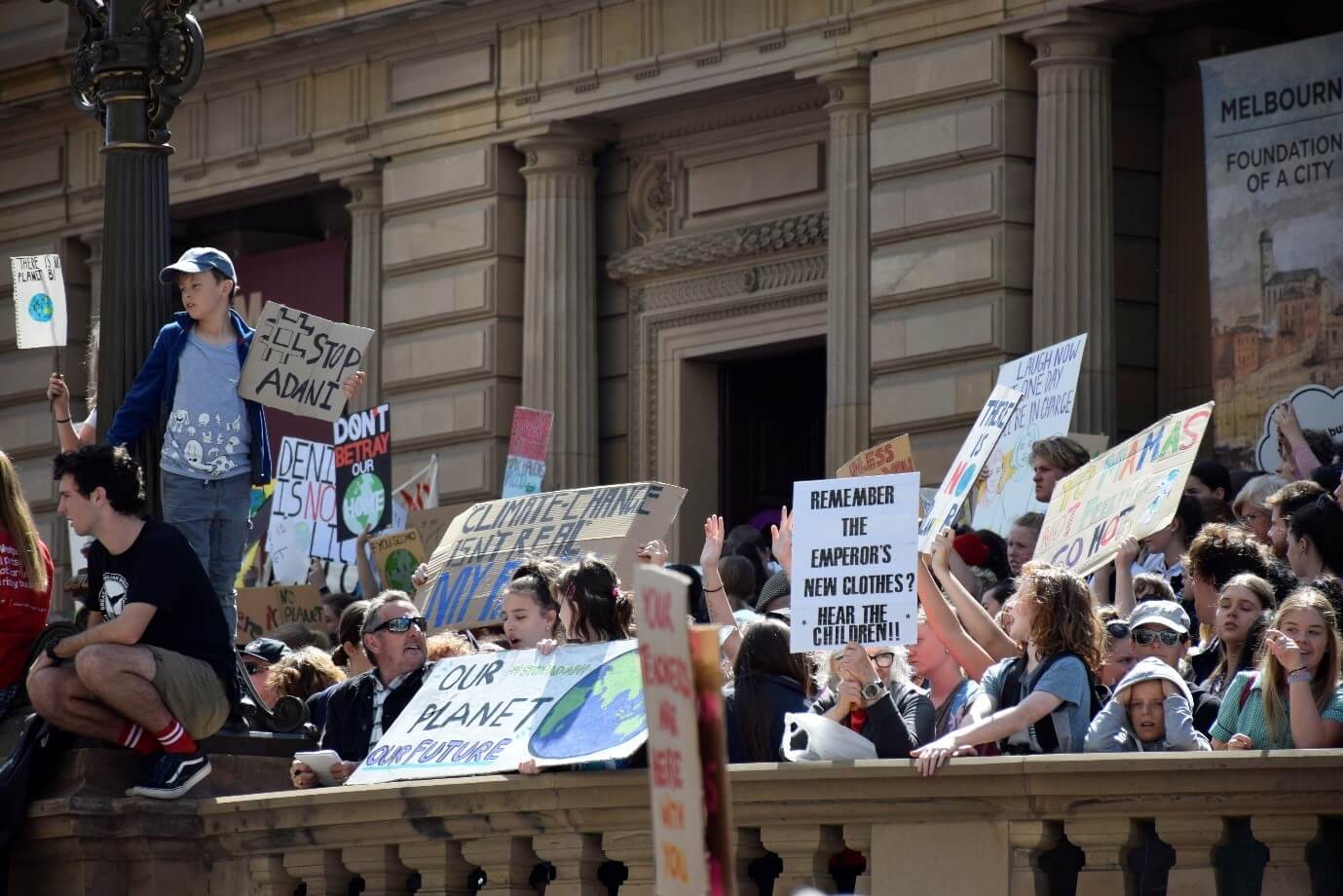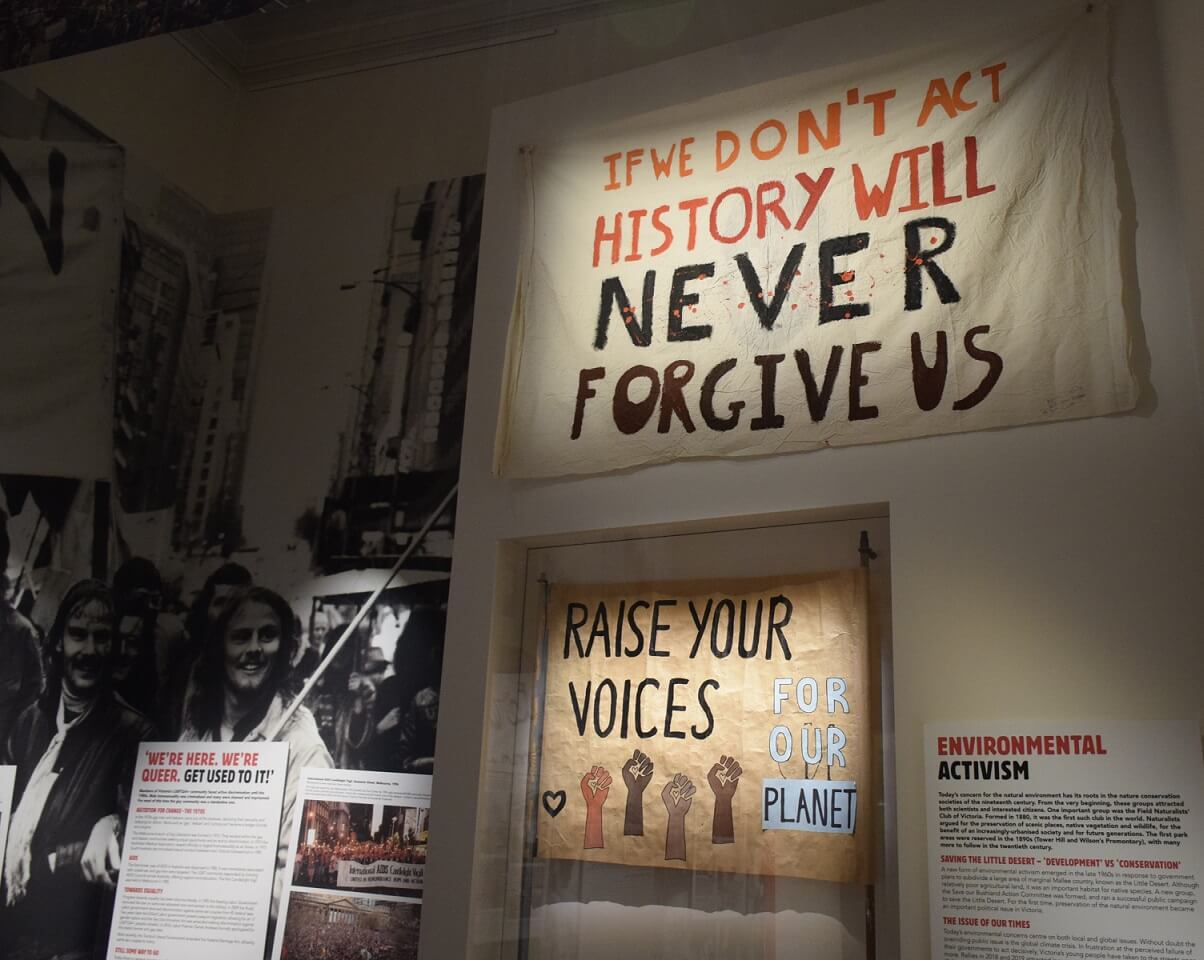In May 2021, as we launched this exhibition, the issue of global Climate Change loomed large. Nations around the world were slowly coming to grips with the dangers of environmental inaction and serious efforts were being made to cut carbon emissions. But for many in the community, it was all too little too late. Their frustration with governments in Australia has grown in recent years, and young people once again demand to be heard. As they insist with passion – it is their future at stake.
Navigation
Aboriginal Rights
Workers' Rights
Women's Rights
'We're here. We're Queer. Get used to it!
Protest for Peace
-Environmental Activism
The Right to Protest in a Democracy
Seeds of the environment movement
Today’s concern for the natural environment has its roots in the nature conservation societies of the nineteenth century. From the very beginning, these groups attracted both scientists and interested citizens. One important group was the Field Naturalists’ Club of Victoria. Formed in 1880, it was the first such club in the world. Membership included many early biologists, committed to documenting native vegetation and wildlife. They organised regular expeditions, like that to King Island in 1887 shown below. Naturalists argued for the preservation of scenic places, native vegetation and wildlife, for the benefit of an increasingly urbanised society and for future generations. The first park areas were reserved in the 1890s (Tower Hill and Wilson’s Promontory), with many more to follow in the twentieth century.
Field Naturalists’ Club of Victoria, expedition to King Island, 1887.
Reproduced courtesy Museum Victoria
Nature tourism
The expansion of the railway network in Victoria, coupled with population growth in Melbourne, helped to promote the growth of a new industry – nature tourism. The growing network of national parks were great magnets to city-weary Melburnians, seeking a regional escape. From the 1880s the Victorian Railways ran what was in effect a tourist bureau from their ‘Inquiry Office’ at Spencer Street Station. Posters advertised the many regional delights on offer, including Victoria’s expanding number of national parks. Nature tourism helped to introduce Victorians to regional landscapes and to the concept of preserving the natural environment.
Tourist poster for Mt Buffalo National Park
Reproduced courtesy Public Record Office Victoria
Tourist poster for Mt Buffalo
Reproduced courtesy Public Record Office Victoria
Tourist poster for Mt Buffalo National Park
Reproduced courtesy Public Record Office Victoria
Tourist poster for the Chalet Mt. Buffalo
Reproduced courtesy Public Record Office Victoria
Politicising environmental concerns
The creation of the Australian Conservation Foundation (ACF) in 1965 saw the beginning of an organized attempt to raise public awareness of environmental issues and to lobby governments on specific concerns. Early national programs campaigned to protect the Great Barrier Reef and to end commercial whaling. The ACF spearheaded a new form of environmental activism, clearly focussed on harnessing people power to influence the political process.
Saving the Little Desert – ‘development’ vs ‘conservation’
In Victoria the same approach was adopted in the late 1960s in response to government plans to subdivide a large area of marginal Mallee country, known as the Little Desert. Although relatively poor agricultural land, it was an important habitat for native species. A new group, the Save our Bushland Action Committee was formed, and ran a successful public campaign to save the Little Desert. For the first time, preservation of the natural environment became an important political issue in Victorian politics.
The Australian Greens
During the 1970s and eighties prominent environmental issues included the (unsuccessful) attempt to stop the construction of new dams in Tasmania flooding Lake Peddar, and the (ultimately successful) campaign to prevent the damming of the Franklin River. In Western Australia opposition to the mining of uranium gained a popular following, while in New South Wales radical union support saw successful ‘green bans’ imposed on city building sites to preserve both the built and natural environment. These campaigns inspired the creation of political parties in several states, with the express aim of working for change from within the political system. Environment parties were also attracting popular support in Europe. In 1992, after several attempts by prominent environmentalist Bob Brown, the Australian Greens political party was formed at a national level, as a confederation of various state and local environment parties. Brown became the first Green representative to be elected to the federal parliament in 1996, after resigning his seat in the Tasmanian parliament. Support levels have fluctuated since, but the Greens have held inner-city federal seats in Melbourne consistently since 2010. There have been Green representatives in the Victorian Parliament since 2006 (Legislative Council) and 2014 (Legislative Assembly).
Climate change – the issue of our times
Today’s environmental concerns centre on both local and global issues. Without doubt the overriding public issue is the global climate crisis. In frustration at the perceived failure of their governments to act decisively, Victoria’s young people have taken to the streets once more. Rallies in 2018 and 2019 attracted large crowds, including many school children, whose ‘Schools Strike 4 Climate’ campaign won wide community support. Once again the generations united to call for action. These young people may not have the vote yet, but they fully intend to have their voices heard.
Homemade banners. Carried in the Schools Strike 4 Climate rally, 2019.
Shown hanging in the Old Treasury building’s exhibition Protest Melbourne.
Created and donated by Amelia & Sam Fitchett (top) and Zainat Hadgi & Alyssa Vonier (below).
Author: Margaret Anderson
Further reading
Sheila Houghton and Gary Presland Leaves from our history The Field Naturalists Club of Victoria 1880-2005. Field Naturalists Club of Victoria, 2005.
Stewart Jackson. The Australian Greens : from activism to Australia's third party. Melbourne University Press, 2016
William J. Lines Patriots : defending Australia's natural heritage. St. Lucia, University of Queensland Press, 2006.
Libby Robin. Defending the Little Desert: The Rise of Ecological Consciousness in Australia. Melbourne, Melbourne University Publishing Ltd., 1994.

